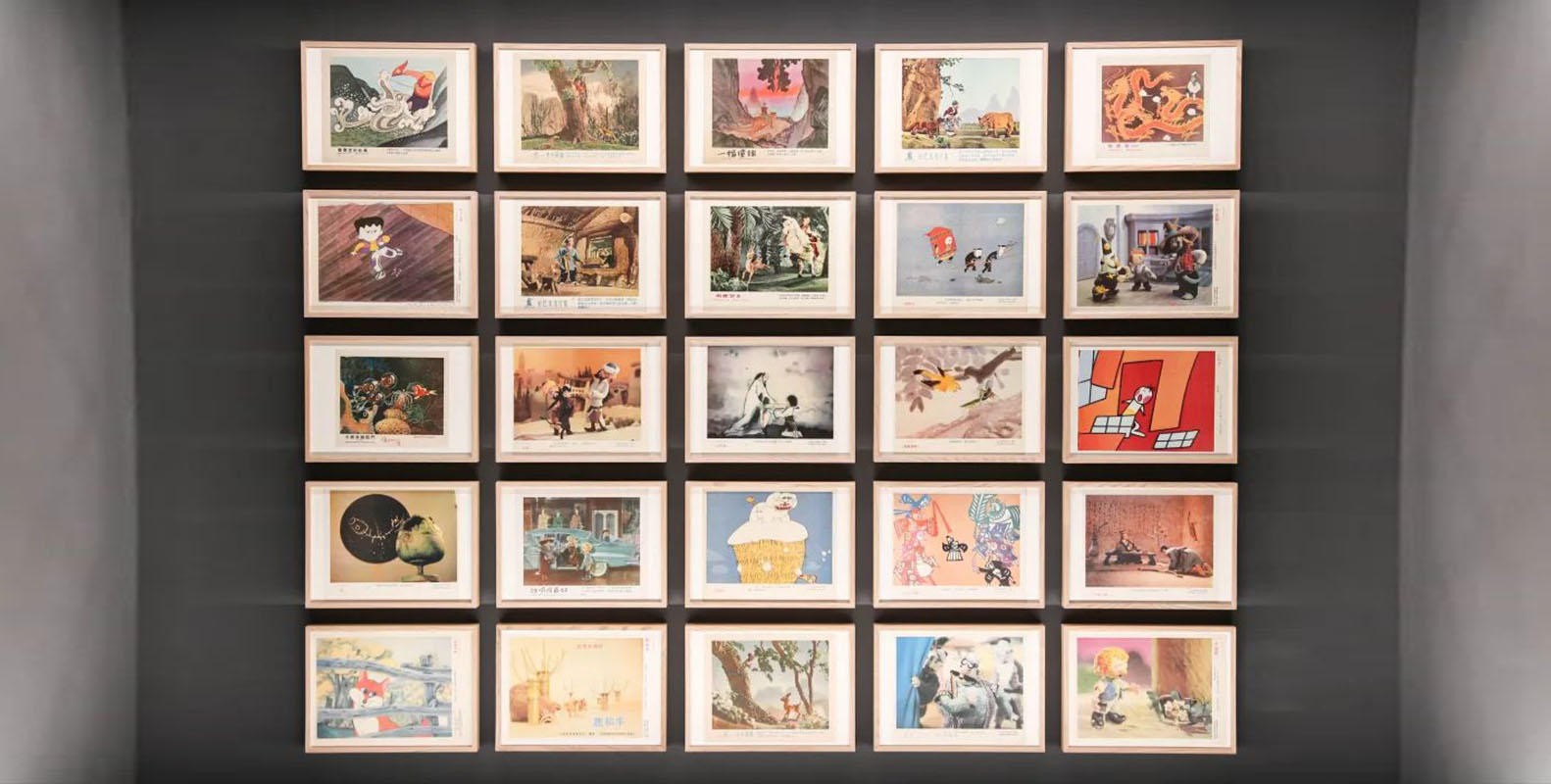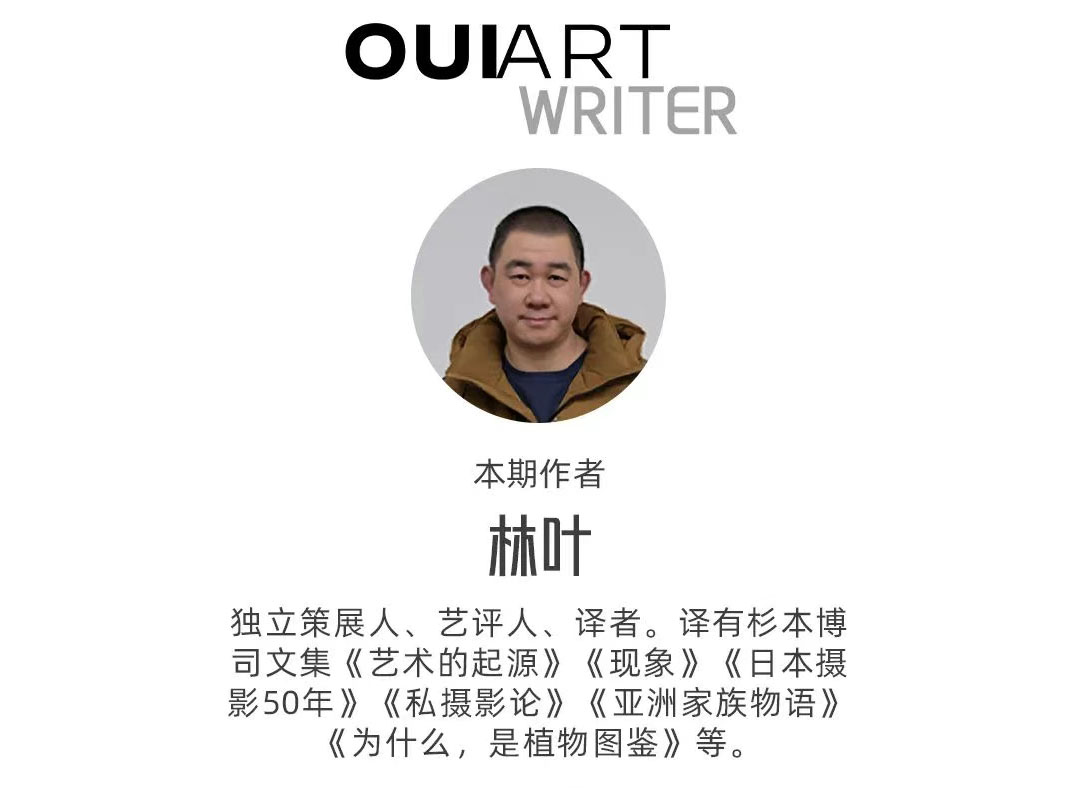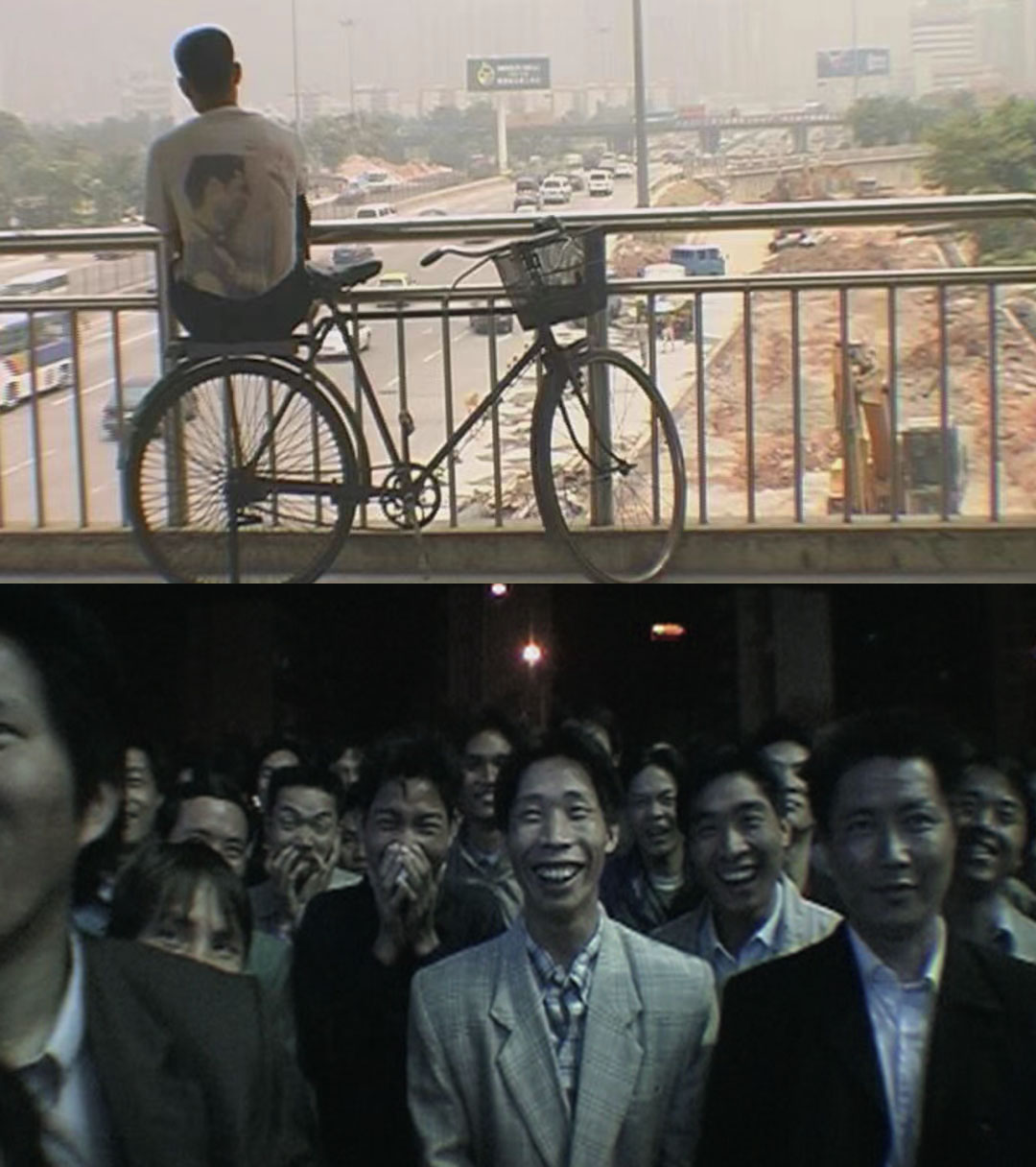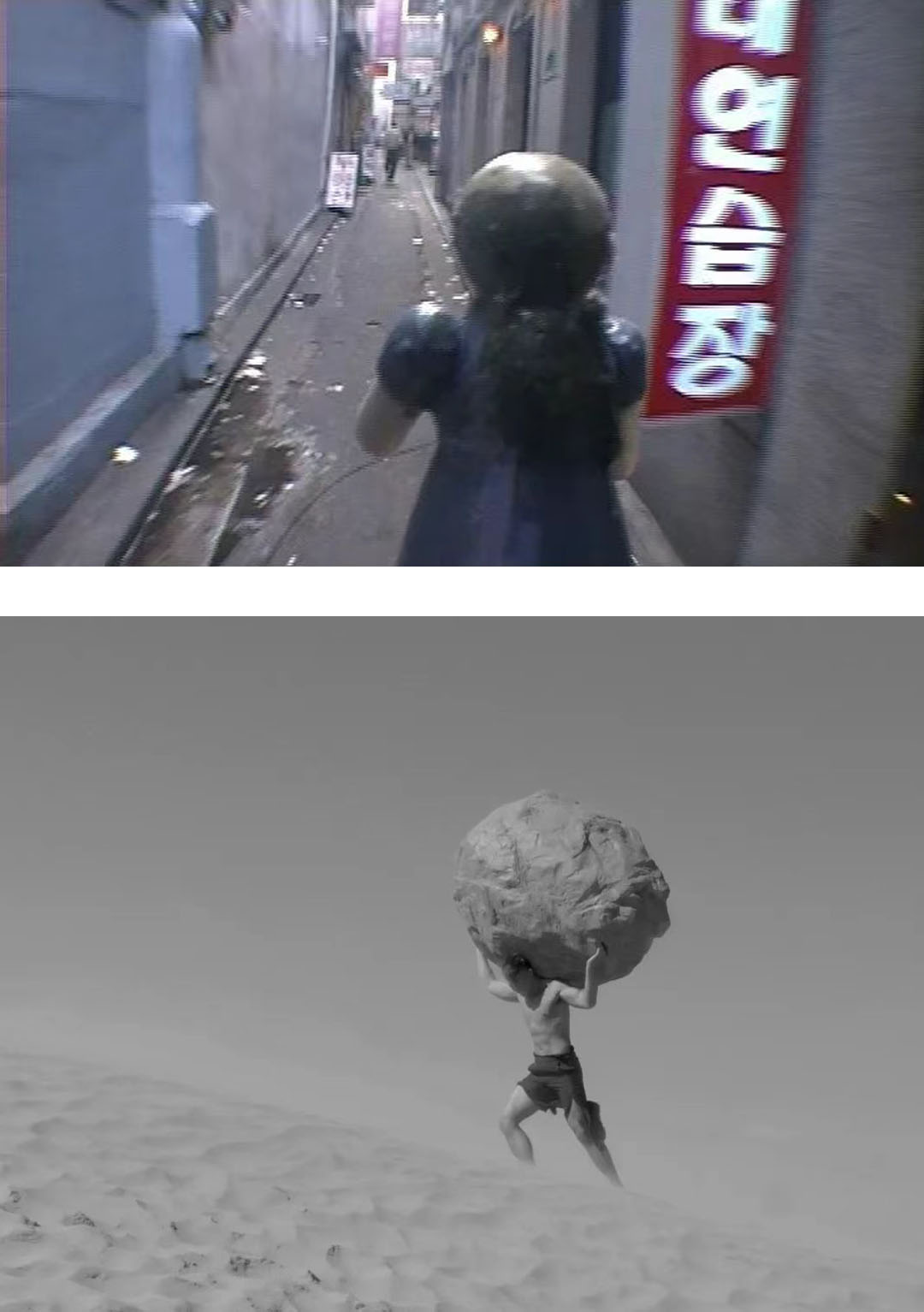
Whoever, now, somewhere weeps,
weeps without cause in the world,
weeps for me.
Whoever, now, somewhere laughs,
laughs without cause in the night,
laughs at me.
Whoever, now, somewhere walks,
walks without cause in the world,
walks toward me.
Whoever, now, somewhere dies,
dies without cause in the world,
looks at me.
— Ernste Stunde (translated by Feng Zhi)
Over a century ago, Rilke’s Ernste Stunde quietly struck at the most hidden and profound vulnerability of the modern psyche. The so-called "ernste stunde" is the moment we become aware of the inexplicable burden that clings to us like a shadow. When this moment suddenly descends upon us, when the individual "I" clearly realizes it is but one "person" among the crowd, it is as if a blinding light illuminates our consciousness, and the "I" detaches from the "we." Only then do we awaken to the stark realization of how fragile and helpless we are in this world, among the masses, and our once fiercely beating heart plunges into an abyss.
This is likely the existential condition of the lonely old man wandering the streets in Edgar Allan Poe’s The Man of the Crowd, and it is also the first state we confront upon entering Jiang Zhi’s solo exhibition The Man of the Crowd at the Xie Zilong Photography Museum in Changsha. In the exhibition’s opening work,Shine upon Me,every individual appears disoriented and unsettled under that intense light. At this moment, we too are pulled into their predicament, and the accumulated disquiet within us is abruptly awakened.
Every person is a "man of the crowd," an individual detached from the masses. Yet, most of the time, we habitually navigate the crowd with an air of contentment and orderliness, our thoughts merely focused on "passing through the throng," much like the experience of traversing the video installation A Moment of People—where jumbled, ambiguous, seemingly meaningless street crowd footage is projected onto the gallery floor, transforming the space into a simulated urban block. Like Jiang Zhi, we observe and photograph the crowd while engaging in fluid, random, half-hearted, and inadvertent viewing. Unconsciously, we too merge into the block, becoming part of it. The crowd is an obscure and colossal presence, and those moving through it vanish without a trace.
Thus, whether detachment or independence from the crowd, it is rarely an active choice made by us as individuals. Rather, it results from unexpected encounters in life that force us to confront the hidden "self"—along with its complexity, loneliness, and fragility. This inner experience of the individual has nothing to do with the crowd, with others, or with the surrounding world. At this point, we turn and re-enter the gallery on the right, facing the work《0.7%的盐》 0.7% Salt installed behind Shine upon Me, silently locking eyes with Gillian Chung on the massive screen for 8 minutes and 43 seconds, watching her slowly transition from a smile to tears.
As an individual detached from the crowd, everything in this life—whether smiles or tears—must be endured alone. The labels we usually rely on to construct our identity, affirm our social standing, and bolster our confidence—such as "knowledge," "freedom," "nobility," "heaven," and "greatness"—are equally inexplicable and useless in this moment, as depicted in Kiss of the Sky, where they are instantly flushed down the toilet, vanishing without a trace.
In a sense, the only way for an individual to forge genuine connections between self and others, between individual and group, is through tangible life experiences, allowing the "reason" for these connections to emerge. Only then can these glorified labels cease to be mere hallucinogens and instead become grounded in one’s life, transforming into meaningful wisdom. If the first three works immerse us in the isolation of detachment from the crowd, the next gallery’s five works explore the solitary individual’s quest for the "I" from different angles.
In Curtain Call, we witness a female actor performing a monologue of unwilling departure, repeatedly returning to the stage for encores, desperate to remain in the spotlight. Though seemingly absurd, this behavior reveals a latent psychology shared by all—we instinctively seek ways to assert our existence, showcase our achievements, emphasize our importance, and crave attention, longing to be remembered or even etch our actions into history. We rely on others’ gazes and judgments to affirm our existence and position. Meanwhile, 、We Are All Your Gifts employs a different absurdity to expose the alienation and fragmentation of the "I" in contemporary society. Though bizarre, such behavior reflects the common means by which most people explore the "I," a strangeness born from the profound loneliness within.
In an impermanent world, the individual soul inevitably drifts in isolation. To find a way to bear life’s pain and responsibility, we must adjust, adapt, and create amid the repetitive cycles of daily life. In Empty Cage, Jiang Zhi films a young girl encountered on the streets of Shenzhen.
She carries an empty birdcage wherever she goes, clutching this object imbued with a sense of "home." Once captured by Jiang Zhi’s lens, her image and behavior become a metaphor for the shared loneliness of modern people. "The sense of 'emptiness' during filming was overwhelming—the passersby swirling around her like wind, time seemingly frozen yet fleeting... about sympathy and indifference... about slowness and speed... about persistence and randomness... all of it could be dismissed with a single stroke of 'emptiness,'" Jiang Zhi remarked. Yet who among us is not the same? Our desperate exploration of the "I" is nothing but an attempt to fill this empty cage. Whether we alienate ourselves into doll-like rigidity, wander the streets, or imagine freedom through the dance of our hands at home, all we do is strive to understand and cognize the "I," filling its void through sincere life practice, making it tangible.
The real world is a stacking of countless dilemmas, each poured into the lives of fragile individuals like a raging wind, swirling in arcs, uniform in form yet chaotic in trajectory, forcing us to endure and transform with solitary courage, forging our own "I." In such a world, every person is a chaotic universe, a symbol of mad artistry striving to become a unique "I." In the exhibition’s final small space, we encounter precisely this madness.
Here, the four-screen black-and-white video work In the Wind is displayed. Jiang Zhi "presents an immersive portrayal of individuals struggling against violent external forces, a metaphor for humanity’s precarious state amid turmoil." The first screen shows a person "carrying a stone of indeterminable weight in the fierce wind," pushing forward like Sisyphus, ceaselessly, without release. The second screen depicts an elderly figure advancing calmly with childhood toys despite being buffeted by the gale. The third screen shows a person clinging desperately to a tree as precarious as themselves, refusing to let go. The fourth screen portrays a couple supporting each other in the wind, unable to move forward yet unyielding.
What moves me most about this work is never the wind’s destructive fury, but the individuals who, with their lives and ordinary flesh, resist and carve out the depth and substance of the "I."
The "I" is not a smooth, straight line, nor an immutable object, nor a collage of fragmented realities, nor clay to be molded by fate. It is the existence that actively receives all that blind fate hurls its way and transforms it into nourishment through action. When one courageously accepts life’s impermanence and forges a unique existence, they are "becoming I," tempering themselves into a being of "depth" and "substance," cultivating an inner strength unshaken by fate’s whims. This is the spirit I deeply recognize in In the Wind.
Leaving the gallery and re-entering the "crowd," the "I" is no longer an abstract "person." All the works collectively guide the "person" toward a concrete, deep, and substantial "I." We no longer need the collective "other" as a dominant reference, nor must we force ourselves into their world. Instead, we can stand independently among the crowd, contemplating the gale-like fate from multiple perspectives and layers, maintaining our spiritual independence, and gathering the energy to coalesce the self. Thus, the "person" becomes the "I."

Producer:Tiffany Liu
Editor:Tiffany Liu
Designer:Yizhou Shen
Image provided by: XPM Museum




